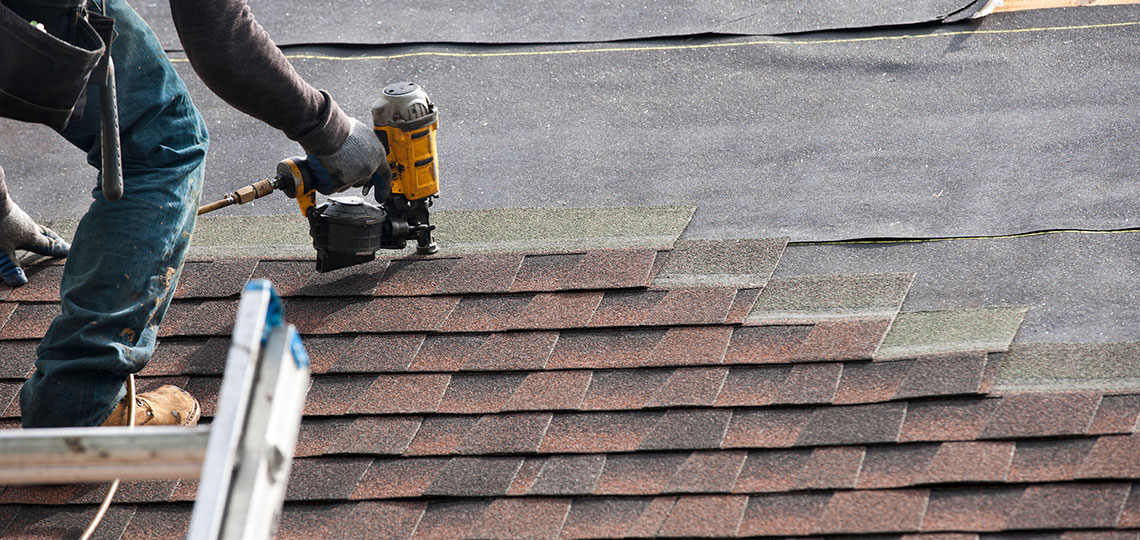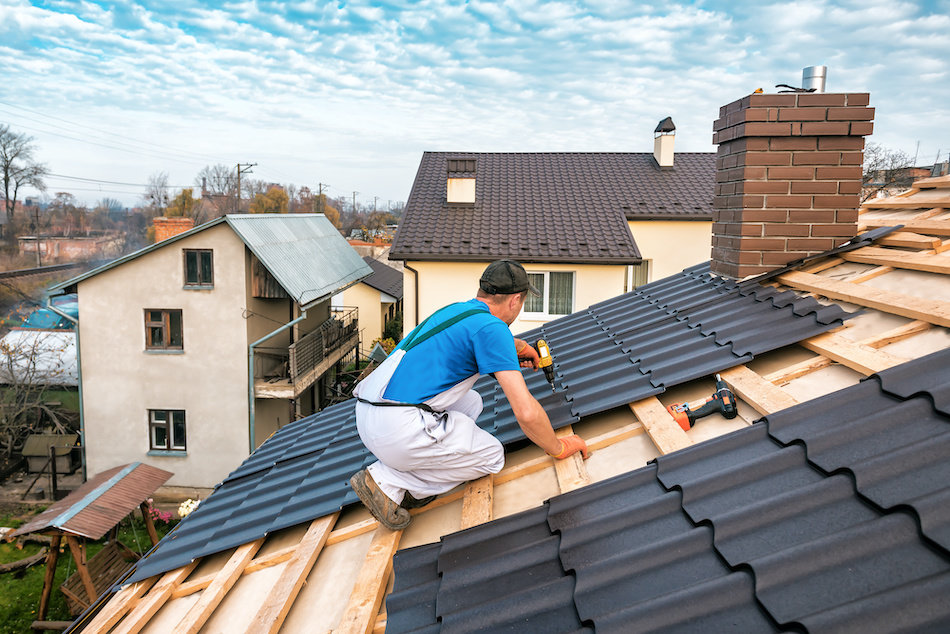Important Concerns to Ask Gainesville Roofing Companies Before Employing
Important Concerns to Ask Gainesville Roofing Companies Before Employing
Blog Article
Best Practices for Ensuring Appropriate Roof Covering Ventilation
A balanced intake and exhaust air vent proportion, typically 1:300, plays a pivotal duty, with consumption vents ideally placed at the lower edge of the roof covering for amazing air access and exhaust vents at the peak for warm air leave. Keeping insulation away from vents is critical to stop airflow limitation.
Understand Air Flow Fundamentals
Properly comprehending air flow fundamentals is vital for making sure the long life and effectiveness of roofing systems. Reliable air flow mitigates moisture accumulation and temperature level extremes in the attic, both of which can result in considerable structural damage in time. A well-ventilated roof assists in protecting against typical issues such as mold and mildew development, wood rot, and ice dams, which can endanger the integrity of the roof covering products and the underlying frameworks.
The main objective of ventilation is to help with the motion of air, permitting a constant exchange between the interior and outside settings. This balance is attained through a combination of consumption and exhaust vents that function with each other to keep ideal air flow. Consumption vents, generally situated along the eaves or soffits, enable fresh air to go into the attic room space, while exhaust vents, usually located at or near the roofing ridge, allow hot, damp air to get away.
Secret elements influencing the effectiveness of roof ventilation consist of appropriate positioning, adequate sizing, and making sure that both consumption and exhaust vents are unblocked. Regular evaluation and maintenance are important to determine possible blockages, damages, or inefficiencies in the ventilation system, consequently guarding the roof's performance and durability.
Sorts Of Roof Vents
Roofing system vents play a crucial duty in preserving efficient attic room air flow and, by expansion, the total wellness of the roof system. Different types of roof vents are offered, each with special advantages customized to specific roof requirements.

Soffit vents are mounted under the eaves and job in tandem with roofing vents to ensure a well balanced consumption and exhaust system. By allowing cooler air to get in from below, soffit vents promote the expulsion of hot air with upper vents. Gable vents, situated on the outside wall surfaces of the attic, deal an additional efficient solution, particularly in homes with gable roofs.
Analyze Your Present Air Flow

Next, think about the age and condition of your roofing materials and ventilation parts. Older systems may not follow present building ordinance or may have deteriorated in time, minimizing their effectiveness. Conduct a detailed examination to identify any signs of wear and tear, such as corrosion, damages, or gaps that can endanger the system's performance.
In addition, gauge the attic temperature level and moisture degrees. High temperature levels and moisture can show insufficient air flow - roofing companies. Utilize a hygrometer and thermostat to obtain precise readings, comparing them with outside conditions. Consistent discrepancies suggest prospective concerns that require dealing with.
Installment Best Practices
Reliable installment of roof covering air flow systems is paramount for guaranteeing optimum efficiency and long life. Correct installation starts with understanding the particular ventilation demands of the structure and the roof covering it covers. This involves determining the right ratio of consumption to tire vents, commonly adhering to the 1:300 guideline, which specifies one square foot of ventilation for each 300 square feet of attic room floor room.

Intake vents should be set up at the roofing's lower side, often in the soffits, to permit great air to get look what i found in. Exhaust vents, on the various other hand, ought to be set up near or at the roof's height to promote the exit of warm, wet air.
Seal all air vent links thoroughly to stop air leaks and possible water infiltration. Usage high-quality products and follow manufacturer standards to make sure resilience and efficiency. Furthermore, integrating ridge vents with baffles can dramatically boost air flow effectiveness by preventing wind-driven rainfall and snow from entering the attic room.
Inevitably, exact installment of roof ventilation systems minimizes possible problems such as mold and mildew growth, ice dams, and architectural damage, making sure the roof's stability and the building's general wellness.
Regular Upkeep Tips
Uniformity in upkeep methods is fundamental to making certain the long-lasting performance of roof air flow systems. Routine examinations are important, preferably carried out biannually-- in the spring and autumn. Throughout these inspections, guarantee that vents are free of debris, nests, and other obstructions that might impede air movement. Inspect for any signs of wetness accumulation or mold and mildew, as these can show incorrect ventilation or leakages (roofing companies gainesville florida).
Make use of a soft brush or a vacuum to eliminate dirt and debris from intake and exhaust vents. Be cautious not to damage the air vent screens or louvers throughout the process.
Proper insulation is similarly essential. Guarantee that attic room insulation does not obstruct the vents, as this can drastically restrict airflow. Reposition or change it to keep an efficient obstacle. if any insulation has changed or cleared up.
Lastly, change any kind of damaged or missing out on elements quickly. Busted vents, split shingles, or shabby flashing can all add to inadequate air flow and must be resolved right away. Regular upkeep ensures that the roof air flow system works optimally, therefore prolonging the lifespan of the roofing system itself.
Final Thought
Guaranteeing appropriate roof air flow is paramount for maintaining the performance and longevity of a roof. Adherence to the 1:300 consumption and exhaust air vent proportion, coupled with the critical placement of vents, is vital. Regular semiannual examinations, particles cleaning, and making certain insulation does not block airflow are vital methods. Implementing these finest methods will foster a well-ventilated roof, consequently mitigating prospective issues connected to moisture accumulation and extreme heat, inevitably lengthening the roof covering's life-span.
A balanced intake and exhaust air vent proportion, typically 1:300, plays a crucial function, with consumption vents ideally placed at the reduced edge of the roof covering for great air entry and exhaust vents at the peak for warm air departure. Consumption vents, typically situated along the eaves or soffits, allow fresh air to get in the attic space, while visit this site right here exhaust vents, often positioned at or near the roof covering ridge, make it possible for warm, damp air to escape.
Soffit vents are installed under the eaves and work in tandem with roofing system vents to guarantee a well balanced consumption and exhaust he has a good point system. By permitting cooler air to enter from below, soffit vents promote the expulsion of warm air with upper vents. Adherence to the 1:300 consumption and exhaust vent ratio, paired with the strategic placement of vents, is essential.
Report this page